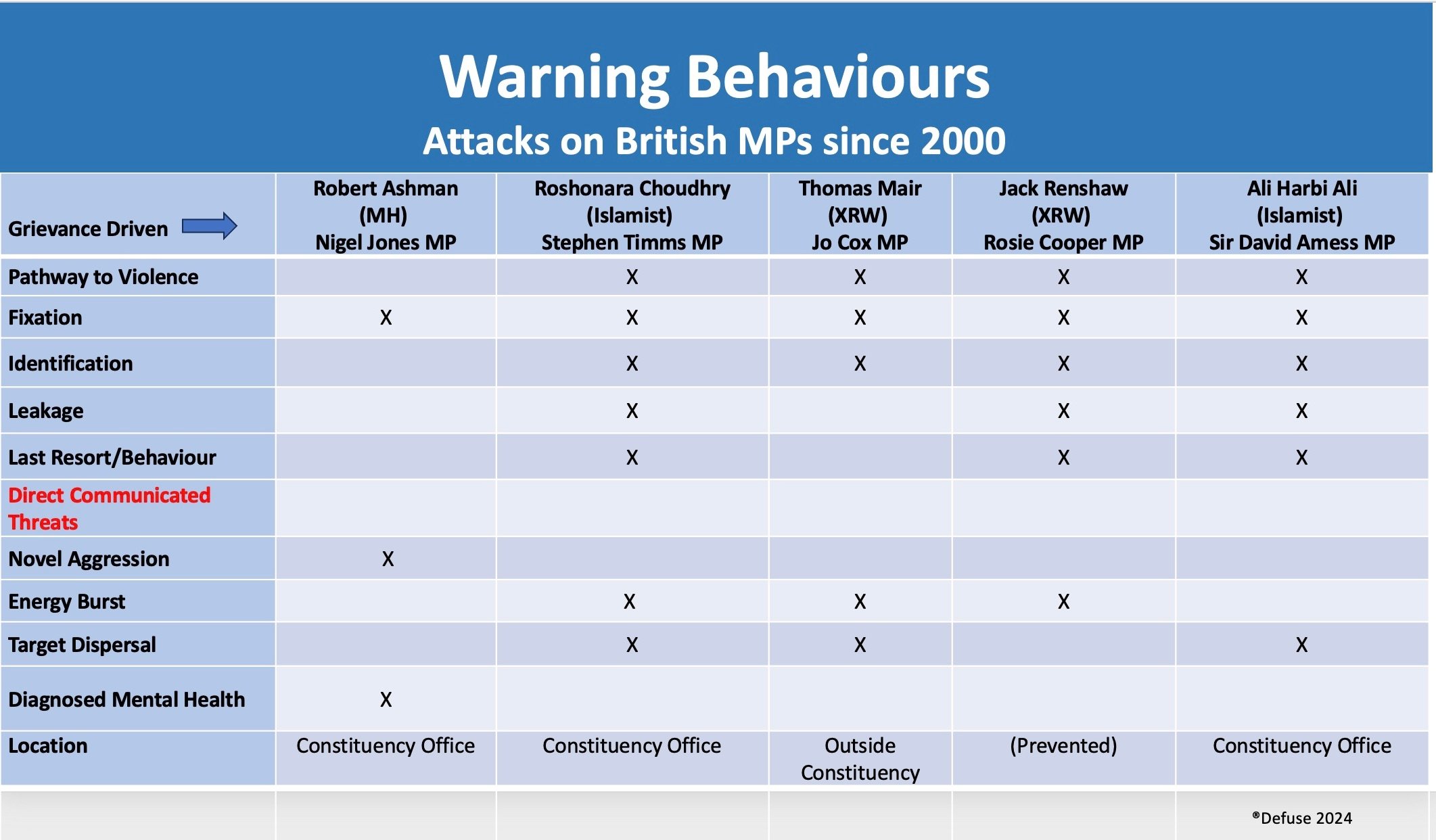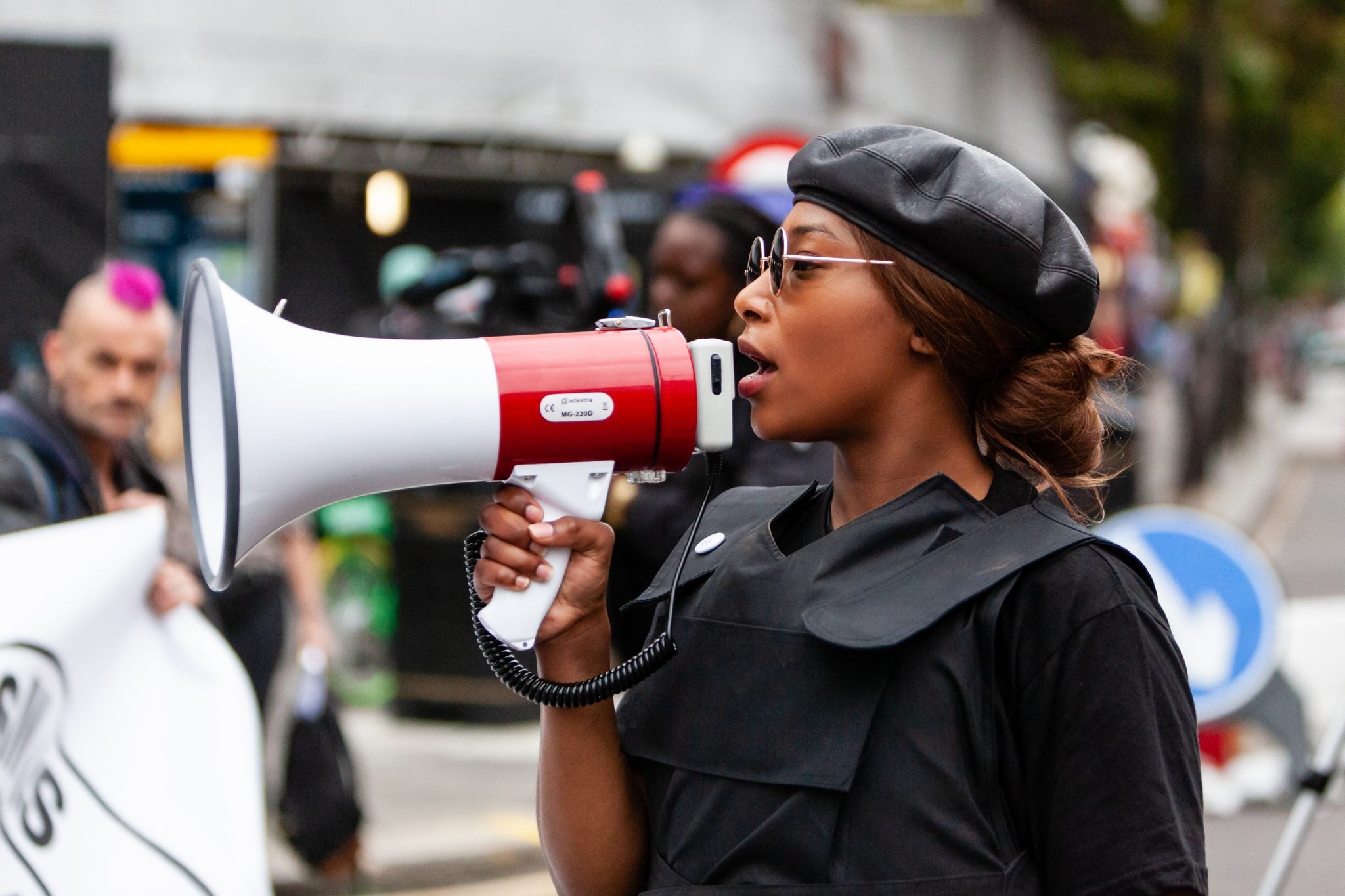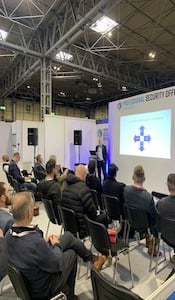Mike Freer MP is the member for Finchley and Golders Green. Whilst he is not Jewish, he is pro-Israel and represents a prominent Jewish area of London.
Several politicians have been very vocal in the news and called this a ‘threat to democracy’.
This brief article with discuss the following; what are the facts? How safe are our MPs and is this a threat to our democracy?
Since 2000, when the targeting of British MPs changed from threats from organised terrorist groups such as the IRA to the threat from local constituents and lone actors, there has been 5 attacks that have killed or planned to kill a sitting MP.
Examining these attacks, there are some clear trends. The location is the primary concern and has been a constant. The reason for this is because of predictability. The attacker can predict the location and target the MP there and gain access to the venue.
One key trend is the presence of fixation, generally on a cause or ideology. This is the motivation for the attack. Typically, this is accompanied by the behaviour called ‘Identification’. In this context ‘Identification’ is the attacker identifying themselves as a ‘soldier for the cause’ with belief that what they are planning is for the greater good.
When we see this from the perspective of ‘The Pathway to Violence’ we see that they progress on a journey in which they plan the attack based on a grievance (the cause). What they rarely do is plan their escape. This is because they expect to either die or be arrested during the attack.
Other than the last attack on Sir David Amess, all attacks have been conducted by a local constituent. This is because they can book an appointment with their MP often circumventing the security.
Sadly, Sir David Amess made two fatal decisions. He chose to meet with Ali Harbi Ali, despite him not being a local constituent and he chose to ignore all the security advice and guidance he was privileged to have access to.
Before he attacked and killed Sir David Amess MP, Ali Harbi Ali is said to have been watching Mike Freer MP. This is consistent with another trend called ‘target dispersal’ in which an attacker will research several targets before deciding on the one they plan to attack.

From the chart above, you may notice that none of the MPs attacked received a directly communicated threat (in red) from the person who attacked or planned to attack them. What this means is that the person who attacked never made any threats directly to the MP. This is consistent with all the research that is included under the theory of ‘Hunters and Howlers’ which says that those who make threats rarely pose a threat.
This is hugely relevant as MPs and other public figures often publish their concerns about the communicated threats they receive. The media regularly publish articles about the ‘death threats’ they receive.
The issue is that many of those tasked with advising and commenting on the subject are not familiar or trained in analysing such threats.
This is critical as too often individuals who receive communicated threats are wrongly advised that these threats are a physical security threat. It is this mistaken advice that causes the fear and anxiety. Wrong assessing the threat also causes unnecessary protective security assets to deployed. It is this uneducated advice that wrongly encourages MPS to wear stab proof vests.
We have 650 elected Members of Parliament is the UK. In 24 years, we have seen 4 attacks carried out and one planned attack which was designed to kill.
When I was asked to assess the threat to MPs with the various government assets in 2017, the threat was assessed as being low. That is because the threat is assessed as a combination of the intent and the capability of those involved. A lack of any intelligence that ‘someone’ is planning an attack (intent) will cause the assessment to be measured as low. However, despite the threat being assessed as low, the risk is assessed as high. This is because risk is assessed as a combination or likelihood and impact. Whilst the likelihood is low, the impact of an attack is high.
Any attack on an MP is a catastrophic event, whether it is an attack on democracy is a matter for debate. My personal view is that the greatest threat to democracy is the lack of trust and faith in MPs which causes much of the abuse and threats they receive.
There is no doubt that attacks on MPs are more prevalent than previous years. The primary causes of physical attacks are the threats from the two extremes, the Islamists and the Extreme Right Wing (XRW). It is for this reason that there is a significant protective security programme, Operation Bridger, in place. Too many MPs still choose not to participate fully in this process and this is a critical mistake.
Was Mike Freer MP in danger? Without seeing the intelligence available, I am unable to provide an accurate analysis. However, the fact that his constituency office was subject to an arson attack recently, together with the disclosure of Ali Harbi Ali’s presence outside (approach behaviour) and being targeted by Muslims Against Crusades because of his support for Israel, it is unsurprising that he believes that the risks outweigh the benefits of remaining an MP.
The lesson here is that an accurate assessment of all threats is critical and must be conducted by someone trained and familiar with the subject. Poor advice causes increased anxiety and fear, and for those not fortunate enough to have taxpayers funded security, it is expensive when assets are deployed unnecessarily.



